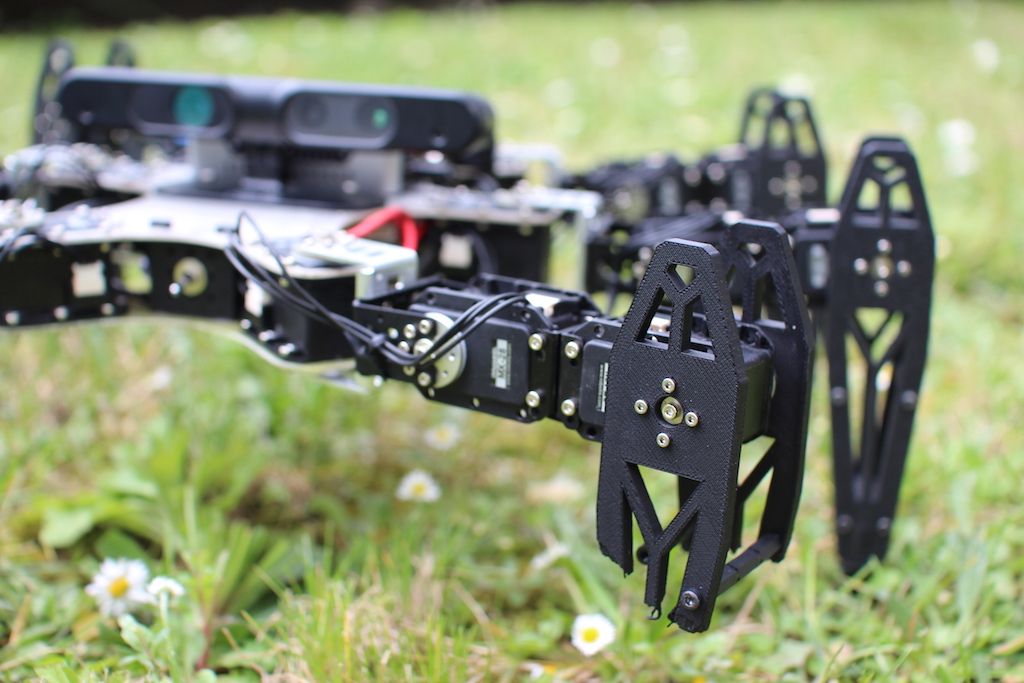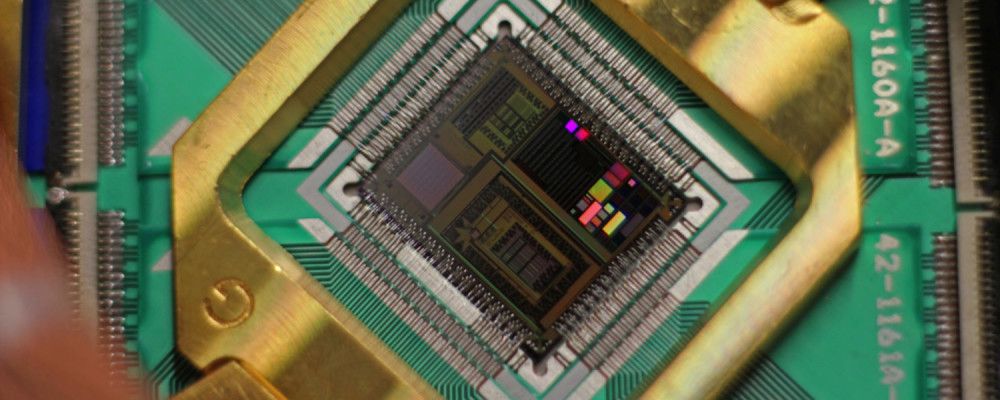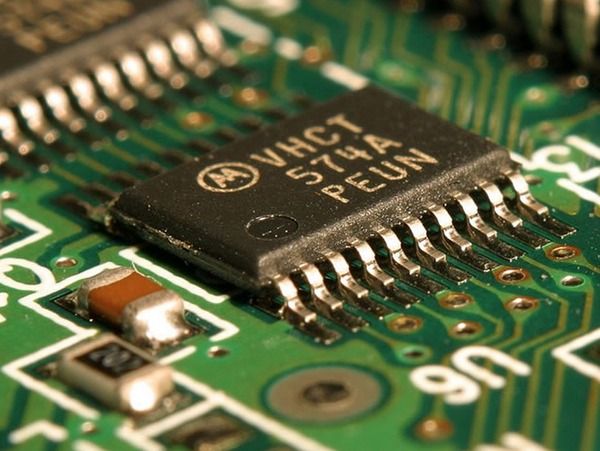Jun 1, 2015
Do we really want to fuse our brains together? — Peter Watts | AEON
Posted by Seb in categories: neuroscience, virtual reality
“What are the implications of a technology that wires brains together, that in theory at least permits the existence of hive minds? In fact, you know a lot more about that than you might think. You already are a hive mind. You always have been.” Read more













